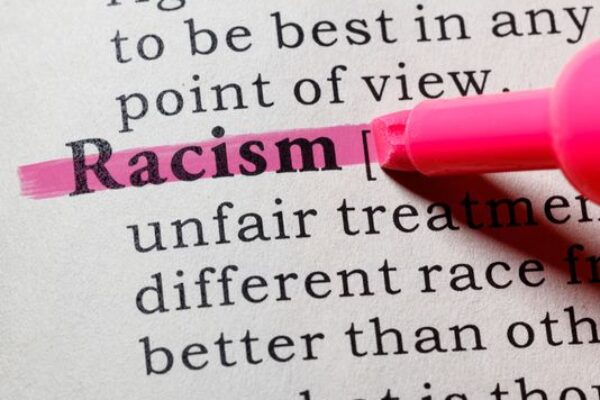We find ourselves in the midst of one of the most chaotic and destabilizing periods in our nation’s history. We have witnessed an insurrection and violent attack of the U.S. Capitol by a mob believing that the 2020 election had been stolen from them and President Donald Trump. Not since the War of 1812 has the U.S Capitol been under siege in the manner that we recently witnessed.
Many believe that the words Trump used at a rally of his supporters were inflammatory and ultimately responsible for inciting the mob to riot. As a result, many across the political spectrum believed that Trump was culpable for the riots, which has now led to his second impeachment.
But relatively little has been said about the role that race played. It is true that this tinderbox was created by Trump and his surrogates insisting for more than two months that the election was stolen. This predictably whipped Trump’s supporters into an angry frenzy.
However, I would argue that the insurrection was also the inevitable outcome of a presidency that has consistently made overtures to racists and white supremacists based on the cynical political calculus that these individuals are an important part of Trump’s base.
Trump has been masterful in his ability to use language that flirts with racist innuendo while falling short of using actual racist epithets. As a scholar of race, I’ve seen how Trump’s words and actions over many years have been undeniably racist. I have suggested in a previous op-ed that Trump uses language that often plays to racist stereotypes.
I would add that this language also plays to racist hierarchies and tropes (e.g., calling Haiti and African nations “shithole” countries, referring to Mexican immigrants as rapists) and provides cover for racists and bigots (defending white supremacists in Charlottesville as good people, telling the Proud Boys to “stand back and stand by”).
Additionally, Trump’s “Make America Great Again” (MAGA) campaign slogan has been an incredibly effective way to tap into a false nostalgia fueled by white grievance. For some people, MAGA hats and other paraphernalia have become a powerful symbol of racism. As Issac Bailey wrote, MAGA “is a signifier for those who believe America was great during some point in the past they dare not name, knowing if they do, it would reveal a time when it was worse for people of color.” Bailey goes on to ask “When was America ‘great’? When millions of black people were slaves?”
I am not suggesting that every participant in the insurrection was motivated by racism or that anyone who wears a MAGA hat is a racist. What I am suggesting is that racism and white supremacy were on full display at the insurrection. The images and pictures from the insurrection tell a disturbing story.
Pictures show a makeshift noose, a man waving a Confederate flag and a man wearing a “Camp Auschwitz” hooded sweatshirt. For those not familiar with this reference, Auschwitz was a concentration camp in Poland operated by Nazi Germany that was responsible for the murder of more than 1 million Jews.
Additionally, Black U.S. Capitol police officers, left especially vulnerable to the mob, described the insurrection as racist and believed that Black Lives Matter demonstrators would have received a much less friendly reception from their white colleagues. These Black officers discussed how they were forced to endure racist abuse, with one of the officers reporting that he was called the n-word 15 times. Overcome with emotion, one of the Black officers yelled “These are racist-ass terrorists.”
Trump cannot be blamed for creating this racism because it has been here since the inception of this country. But he most certainly can be blamed for emboldening the rioters, and the damage he has done toward racial progress and healing in this country is incalculable. This will be a permanent part of his legacy.
Kevin Cokley is the Oscar and Anne Mauzy Regents Professor of Educational Research and Development, a professor of African and African diaspora studies, and director of the Institute for Urban Policy Research and Analysis at The University of Texas at Austin.
A version of this op-ed appeared in the San Antonio Express News.




